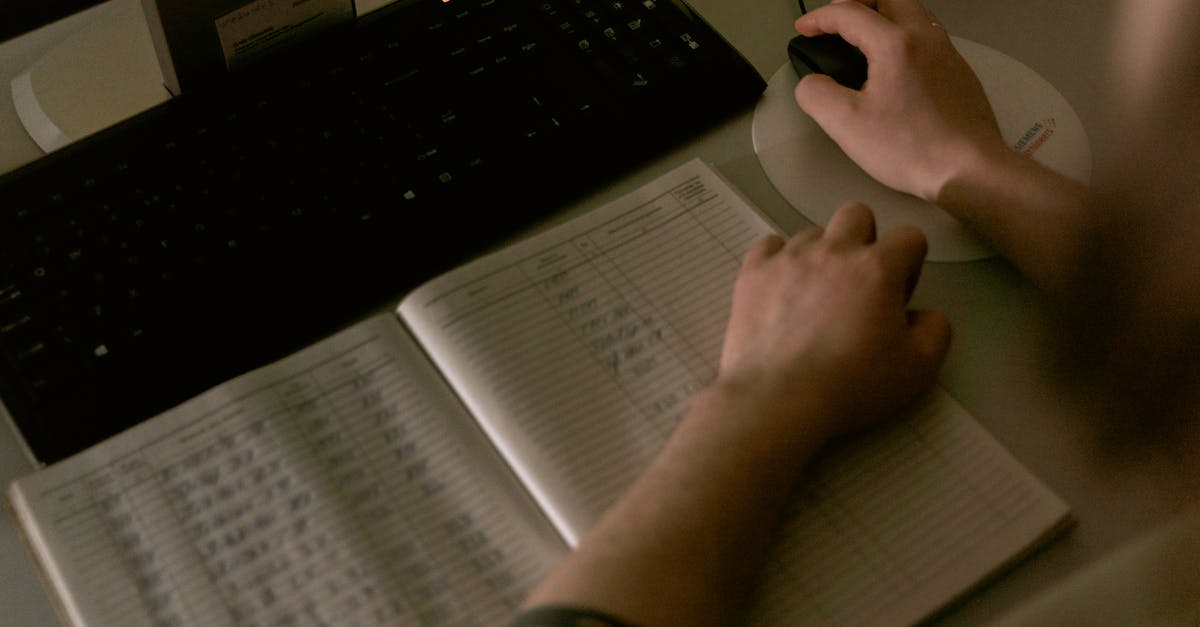Avoiding Common AI Pitfalls in Personal Injury Litigation: Lessons from Recent Court Missteps
Artificial intelligence is rapidly altering the landscape of personal injury litigation. We’ve entered an era where AI is capable of accelerating research, drafting documents, and analyzing records with unprecedented speed. Yet as recent court incidents reveal, these same tools can be a double-edged sword if used without the rigor and vigilance our profession demands. At Paxton, we understand the stakes: credibility, client outcomes, and even ethical standing can all be risked by missteps with AI-powered tools. Drawing from the latest trends, judicial warnings, and our expertise, this guide explores how to avoid common AI pitfalls in personal injury cases, with practical recommendations for legal professionals navigating this technological shift.
Recent Court Lessons: Where AI Has Gone Wrong
- Fabricated Case Citations: Some attorneys have faced sanctions for unknowingly submitting briefs that included fictitious cases—so-called "AI hallucinations"—generated by generic AI tools. Courts have made it clear that passing off unverifiable citations undermines both advocacy and trust.
- Failure to Independently Verify Legal Authority: Judiciaries are warning lawyers that AI-generated outputs must be checked for accuracy and continued relevance. Skipping this critical review step has resulted in embarrassing errors, dismissals, and even ethical investigations.
- Neglecting the Client’s Human Story: Although AI can distill facts and summarize medical documents, it struggles to capture the unique pain, impact, or emotional narrative central to personal injury claims. Losing sight of these nuances can weaken the very case you are trying to build.
Deep Dive: Common Pitfalls in AI-Assisted Personal Injury Practice
- Relying on Unverified or Outdated Data: Many AI platforms are only as current as their last update. If not carefully monitored, this can result in using superseded statutes or case law—critical vulnerabilities that may invalidate filings or arguments.
- Using "Black Box" Technology: Some AI systems don’t make transparent how solutions or recommendations are reached. This lack of clarity can make it impossible to explain or defend legal reasoning if questioned by a judge or opposing counsel.
- Neglecting Human Oversight: Over-delegating research or drafting to AI without rigorous review can introduce critical mistakes or procedural noncompliance. Courts have emphasized that technology cannot replace the judgment and discretion of a diligent attorney.
- Missing Contextual and Jurisdictional Nuance: AI’s generalizations don’t always account for specific rules, requirements, or local judicial preferences. In personal injury, even a subtle distinction—like the standard for proving damages—can be outcome-determinative.
Essential Steps for Using AI Responsibly in Personal Injury Litigation
- Always Independently Verify Output: Treat every AI-generated citation, statute, or summary as a starting point. Corroborate with reliable legal databases and confirmed authority before submitting anything to the court or opposing party.
- Apply Professional Judgment to Every Recommendation: AI can organize and analyze vast volumes of information, but every strategic decision—negotiation, settlement valuation, or damage argument—should be informed by your experience and the realities of your client’s situation.
- Demand Transparency and Document Sources: Use tools that clearly link to their supporting materials. Download and retain citations for audit purposes and be ready to defend how technology arrived at any substantive recommendation.
- Retain Humanity in Advocacy: While AI can efficiently synthesize facts and background, it’s crucial to articulate how injuries alter a client’s daily life. The lived, emotional stories of clients cannot be captured by algorithms alone.
- Stay Current on Court Guidance and Technology Standards: Regularly review how your jurisdiction is treating AI-generated work product. Attend continuing education on legal technology best practices and stay updated on relevant ethics opinions and rules.
Real-World Implications from 2025
- Recent years have shown a rise in malpractice risks linked to AI-assisted filings. Attorneys who failed to independently verify their AI’s recommendations, or who could not produce algorithmic logs in discovery, often faced adverse judgments or elevated scrutiny from the bench.
- In high-profile cases, reliance solely on AI for precedent research without adequate due diligence resulted in fabricated citations and procedural sanctions—reminders that cutting-edge technology does not excuse lapses in fundamental legal practice.
How We at Paxton Approach These Challenges
The way we build Paxton reflects these hard-learned lessons. Our AI legal assistant is engineered for legal accuracy, diligence, and confidentiality. Here’s how we help you avoid the common AI pitfalls in personal injury litigation:
- Verified Legal Sources and Clear Citations: Every legal reference Paxton generates is accompanied by authoritative links and source highlights, allowing you to easily confirm its validity.
- Continually Updated Knowledge Base: Paxton accesses comprehensive, current federal and state statutes, case law, and regulatory materials—reducing the risk of basing arguments on outmoded law.
- Encouraging Attorney Oversight: The platform is designed to supplement, not replace, your expertise. Paxton flags inconsistencies and gaps, serving as a thought partner rather than a substitute for your judgment.
- Confidentiality and Data Security: Recognizing the sensitivity of client data, Paxton operates in a closed, SOC 2 and ISO 27001-compliant environment, ensuring security and privacy throughout your workflow. Learn more about our security and compliance approach.
Practical Applications: Best Practices for AI in Personal Injury
- Use AI to rapidly identify relevant statutory law and on-point case law, then double-check every citation before incorporating into filings. For a deeper exploration of effective AI-powered research, see this in-depth guide.
- Draft factual backgrounds and review medical documentation using AI-assisted synthesis, then enrich these sections with your client’s personalized narrative and any jurisdiction-specific legal standards.
- Integrate document analysis technology to flag missing information or potential risks but rely on experienced review for final decision-making. Find actionable strategies in our guide to AI-powered evidence analysis.
- Remain vigilant about evolving court expectations regarding AI use, and consider documenting your verification steps if AI tools contribute to any public filing or advocacy piece.
Moving Forward: Combining Diligence and Innovation in Legal AI
AI is no longer optional in personal injury litigation. The efficiencies it provides, from research to document analysis, are helping lawyers deliver better service and handle complex cases more effectively. But the lessons from recent court missteps are stark: unchecked automation can undermine both our reputation and our client’s recovery. The legal obligations around accuracy, ethical duties, and the human element in advocacy have not changed.
By ensuring human oversight at every step and choosing specialized legal AI tools that enforce transparency and compliance, we can set a higher standard for accuracy and advocacy going forward. If you are ready to see how a professional, secure, and reliable AI assistant can support your practice, we invite you to explore what Paxton can offer.



.jpg)






